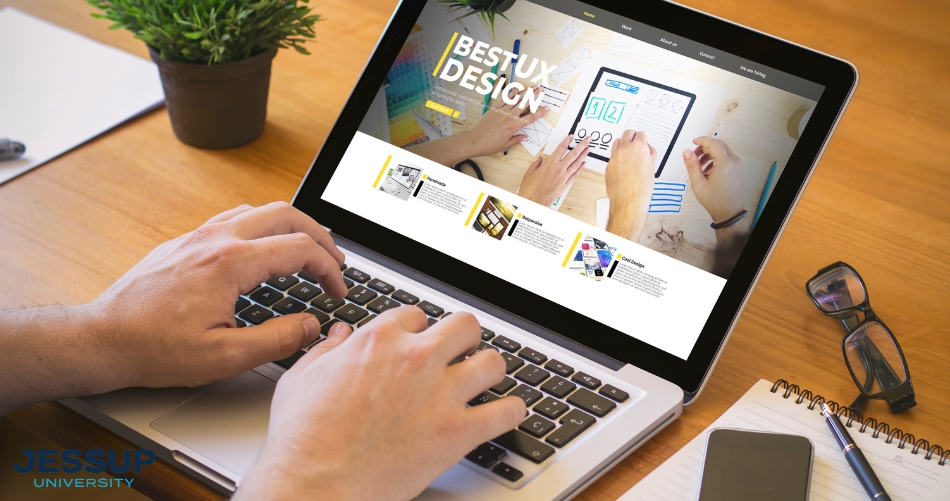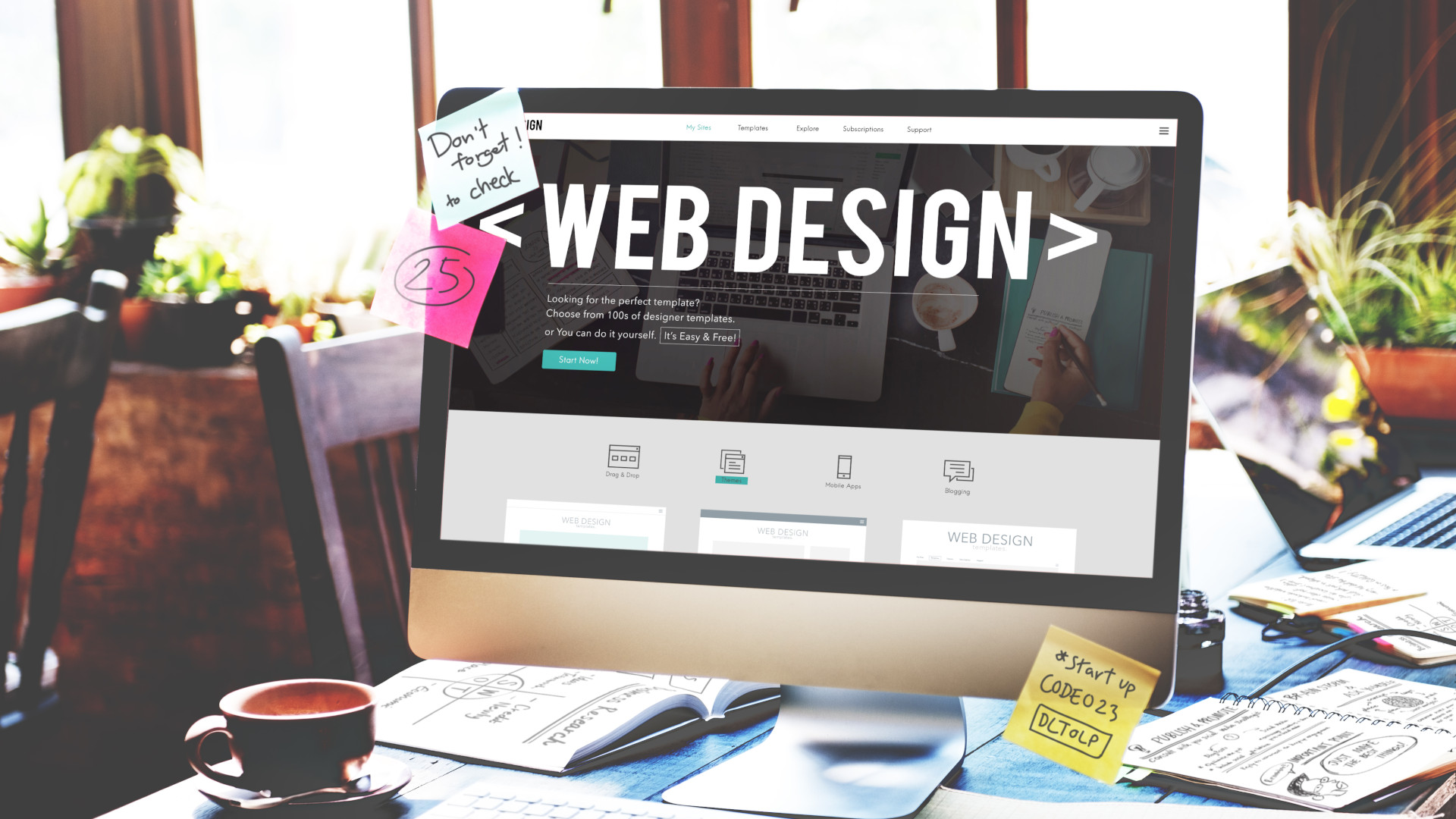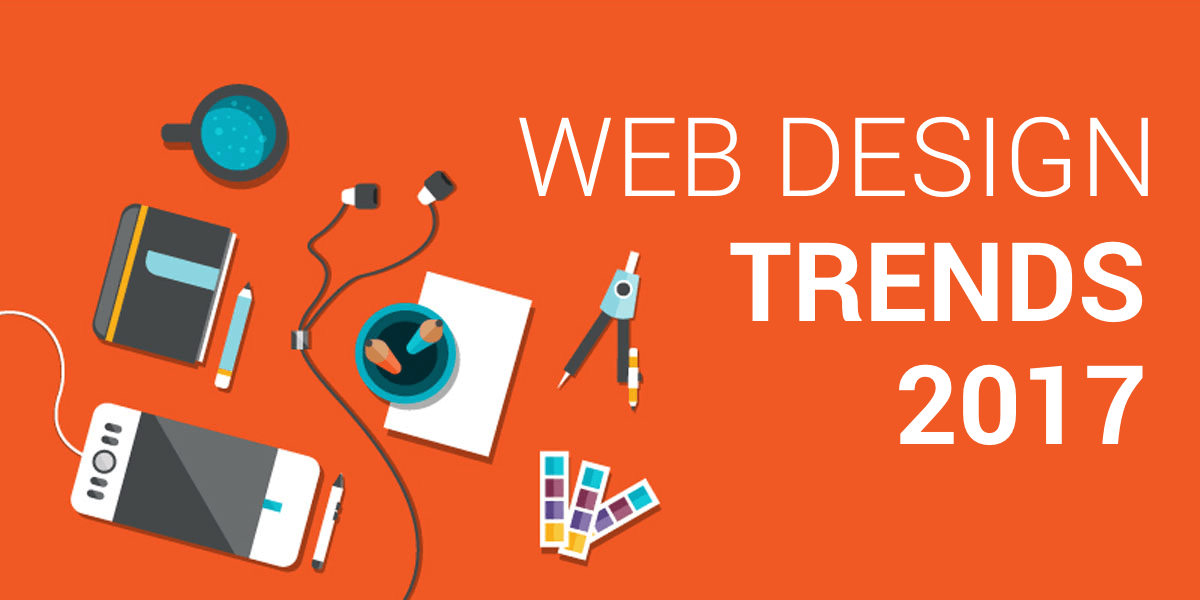Aligned Position Web Design: Expert Web Design Strategies for Achieving Business Goals Online
Aligned Position Web Design: Expert Web Design Strategies for Achieving Business Goals Online
Blog Article
The Most Effective Sorts Of Website Design to Enhance Customer Experience and Engagement
In the ever-evolving landscape of electronic interaction, the efficiency of Web style substantially influences customer experience and involvement. Numerous style strategies, such as minimal, receptive, and interactive formats, each deal special benefits that can cater to diverse individual demands.
Minimalist Website Design
As electronic landscapes become increasingly cluttered, minimal Web style has become a powerful strategy to enhancing user experience. This design philosophy focuses on simpleness, concentrating on crucial components while removing unnecessary interruptions. By utilizing ample white room, simple navigation, and a limited shade combination, minimalist layout promotes clearness and directs customer interest to key web content.
The core principle of minimal Web design is to develop a seamless communication for customers. By decreasing cognitive load, customers can quickly grasp info without feeling bewildered. This direct strategy not just improves use however also urges interaction, as site visitors are more probable to discover a site that is aesthetically appealing and very easy to browse.
Furthermore, minimalist layout commonly highlights typography and images, using these elements tactically to share messages successfully. This concentrate on necessary components can improve brand name identity and develop a memorable customer experience. Essentially, minimal website design is not simply a trend; it is a thoughtful methodology that recognizes the value of user-centered layout. By removing away extraneous aspects, developers can create a more appealing, reliable, and pleasurable Web experience for all users.
Receptive Web Style
In today's varied digital atmosphere, receptive Web layout has actually become vital for producing a smooth customer experience throughout a multitude of gadgets. As customers access web sites on smart devices, tablet computers, desktop computers, and laptop computers, the capability of an internet site to adapt its design and material to various screen dimensions and resolutions is vital.
Receptive website design utilizes versatile grids, pictures, and CSS media queries to guarantee that Web material exists optimally, despite the tool made use of. This technique not only enhances the aesthetic charm of a web site yet likewise dramatically enhances functionality. Customers are extra likely to engage with a website that provides a consistent experience, as it removes the stress of having to zoom in or scroll exceedingly.
By taking on responsive style, organizations can enhance their presence and get to a wider target market. In recap, responsive Web layout is an essential practice that improves customer experience, engagement, and general fulfillment.
Interactive Website Design
Responsive website design lays the groundwork for improving individual experience, yet interactive Web design takes this a step additionally by involving users in a much more vibrant way - Aligned Position Web Design. By integrating components such as computer animations, clickable models, and real-time comments, interactive website design mesmerizes users, attracting them into a richer browsing experience
This technique not just cultivates engagement but likewise motivates individuals to discover material actively as opposed to passively consuming it. Methods such as gamification, where customers gain incentives for completing tasks, can substantially improve the time invested on a site and enhance overall fulfillment. Interactive features can simplify intricate details, making it extra absorbable and delightful.

Integrating interactive layout aspects can additionally cause higher conversion prices, as users are extra likely to involve with a website that actively entails them. Aligned Position Web Design. Eventually, interactive Web style changes user experiences right into memorable trips, guaranteeing that site visitors return time and again
Apartment Layout
Characterized by its minimalistic method, flat style highlights simplicity and performance, stripping away unnecessary aspects and concentrating on necessary attributes. This style approach prioritizes functionality, making sure that individuals can navigate interfaces easily and efficiency. By employing a clean visual, level layout removes the mess usually located in a lot more elaborate styles, thus enhancing customer concentrate on material and performance.
The hallmark of level layout hinges on its use strong colors, simple typography, and geometric forms. These aspects add to a visually enticing user interface that is both friendly and contemporary. this website Furthermore, flat layout cultivates a feeling of quality, enabling users to discern important actions and information without distraction.
Furthermore, level style is particularly effective in receptive Web layout, as its simplicity translates well throughout various tools and screen dimensions. The absence of detailed structures and gradients decreases loading times, which is critical for preserving user interaction. As digital landscapes proceed to evolve, level layout stays a pertinent option for creating easy to use websites that improve total experience. By focusing on crucial functions, level design not just fulfills customer demands yet also urges seamless interaction, making it an essential component of efficient Web design methods.
Flexible Web Design
Adaptive website design customizes the individual experience by producing several dealt with formats customized to various display dimensions and tools. Unlike receptive layout, which fluidly adjusts a single layout, adaptive design employs distinct designs for certain breakpoints, making certain optimal presentation on different systems. This strategy allows developers to concentrate on the one-of-a-kind characteristics of each device, improving functionality by supplying exactly what users need based upon their context.
Among the main advantages of adaptive website design is its capacity to enhance tons times and performance. By offering customized material and images that fit the user's tool, internet sites can lessen data usage and boost loading rates. This is especially helpful for individuals with slower connections or minimal information plans.

In go to my site addition, adaptive style facilitates a much more constant and regulated branding experience. Because developers develop numerous formats, they can guarantee that the aesthetic components align with the brand's identity throughout various platforms - Aligned Position Web Design. This results in a natural customer experience, boosting engagement and promoting individual retention
Verdict
Minimal style cultivates quality and emphasis, while receptive layout ensures adaptability across different gadgets, advertising accessibility. Collectively, these style comes close to add to the production of straightforward environments that not only improve fulfillment however additionally drive greater conversion visit homepage prices, emphasizing their essential importance in contemporary Web design approaches.

Minimal layout fosters clarity and focus, while responsive design makes certain adaptability across various devices, promoting availability. Collectively, these style approaches contribute to the creation of user-friendly environments that not only improve complete satisfaction but also drive greater conversion prices, emphasizing their critical relevance in modern Web style techniques.
Report this page